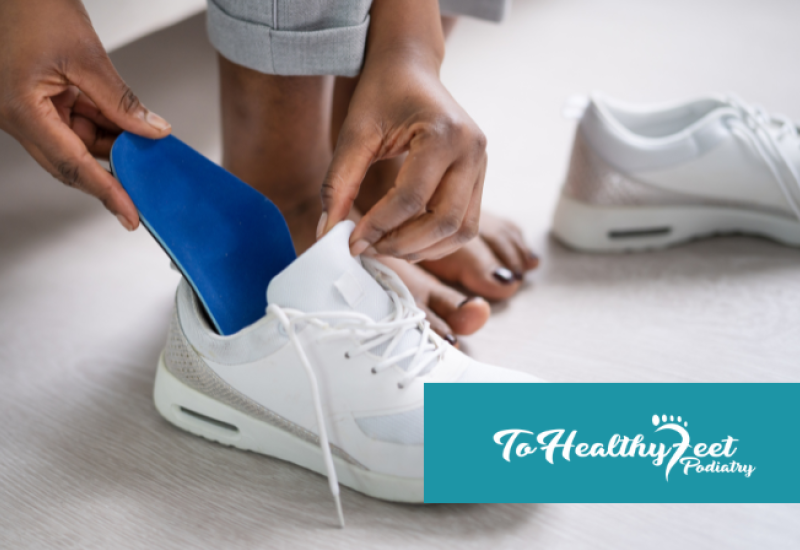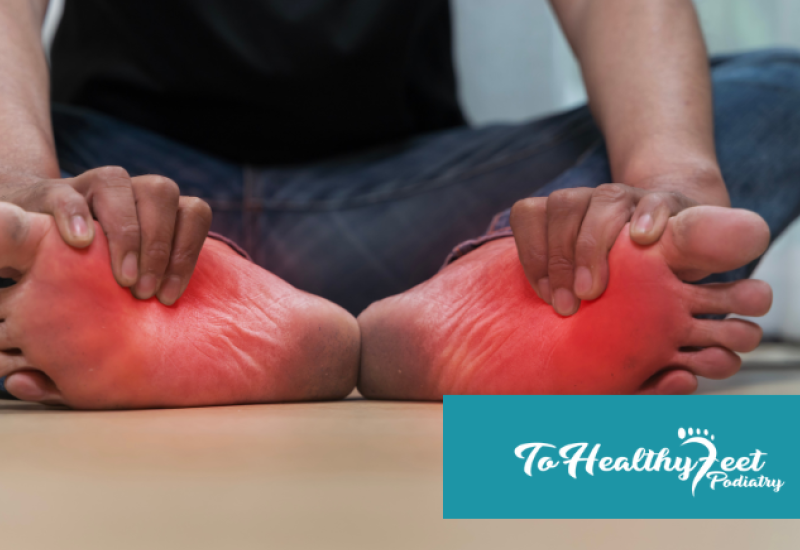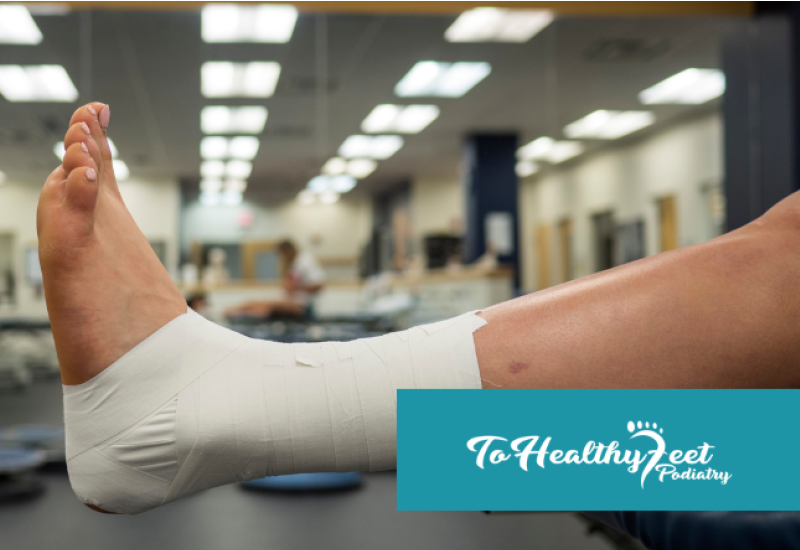How To Fix Flat Feet
A healthy foot is characterized by an arch that helps maintain balance and provide sprightliness to your steps. A flat foot means that you do not have this arch or that it is flatter than it should be.
While many people have flat feet and live a symptom-free life, others experience walking difficulties, pain in the foot, leg, knee, and back, and foot calluses. These symptoms can increase the risk of more severe injuries. As such, people who are affected by flat feet should consider the multiple physiotherapeutic treatments that can help fix this condition.
See how podiatrists at the To Healthy Feet Podiatry can help you manage and repair flat feet by calling (917) 398-3668 or by filling out the online contact form.
Flat Feet Treatments
Before delving into exercises and treatments for flat feet, you should know there are two kinds: rigid and flexible flat feet.
The former relates to the foot’s innate inability to form an arch due to abnormal foot development during childhood. While rare, this condition requires surgery and cannot be addressed by physiotherapeutic treatments.
Flexible flat feet, on the other hand, can form an arch; however, it flattens when weight is put on the leg. This means that the arch is fully visible when the foot is dangling but is completely flat when the person is standing up. Flexible flat feet occurs when the tendons in your foot become worn or damaged.
Thankfully, people with flexible flat feet can select from many effective treatments to fix this condition:
- Stretch your calves: Stretching your calves can help strengthen your calf muscles and your Achilles tendon. Working these muscles allows your foot to maintain a greater range of motion. A foot that cannot bend towards the shin is one that is prone to the flat feet condition.
- Strengthen muscles in your foot: Healthy muscles inside the foot support the arch and keep it from flattening. Targeting these muscles can be an effective way to strengthen the arch. To work them, repeatedly maintain a short foot position for 5 to 10 seconds. A short foot position involves sliding the front of your foot back towards the heel without curling your toes.
- Reinforce your lower leg muscles: The muscles linking the lower leg with the foot are suspected to be weaker in flat-footed people. Repeatedly raising your heels off the ground for 1 to 2 seconds and then slowly returning to a normal standing position can help strengthen these muscles. Doing 15 to 20 reps per day should be enough.
- Improve your posture: Anterior pelvic tilt, which denotes a slightly forward-tilting posture, is conductive to flat feet. Making a conscious effort to stand straight can improve the stability of the arch in your foot.
- Walk the right way: Keeping your feet pointed ahead, distributing your weight to the outer edges of your feet, and walking with a spry step all help in strengthening the arch of your foot.
Flat Feet Insoles
You can complement physiotherapeutic exercises with orthotics to cure flat feet. Orthotics are medical devices that correct the form and function of your foot and facilitate daily mobility like walking and running.
The most common orthotics for flat feet are insoles. Supportive insoles essentially do the work your arch would normally do. They improve your balance, better distribute your weight when you move, and enhance your posture.
Choosing the right insoles is not always evident, so speak with a qualified podiatrist before doing so.
What Can You Do About Flat Feet?
Unless you have been diagnosed with rigid flat feet, chances are that you can improve your condition. The treatment involves adhering to a physiotherapeutic routine and rounding it off with using orthotics like flat feet insoles. Properly caring for your feet should allow you to build strong arches that improve your stability and weight distribution.
Do not neglect flat feet! You could develop walking difficulties and constant foot pain. It can even cause irreversible tendon and joint damage.
Call To Healthy Feet Podiatry at (917) 398-3668 or fill out the online contact form to see what you can do to correct your flat feet condition.
FAQs
Q: What if I ignore flat feet?
A: Flat feet disadvantages may include difficulty walking, pain, and the formation of calluses. If left untreated, flat feet may lead to tendon and joint damage.
Q: Do I need to wear special shoes if I’m using flat feet insoles?
A: Not necessarily. Flat feet insoles can be customized to fit in most shoes.
Q: How long does it take to build arches in my feet?
A: Fully correcting flat feet takes around 10 weeks, though your experience may vary.
Q: Can everyone correct flat feet?
A: Unfortunately, individuals with rigid flat feet may not be able to build arches in their feet via physiotherapy. They may have to consider surgery to correct their condition.



